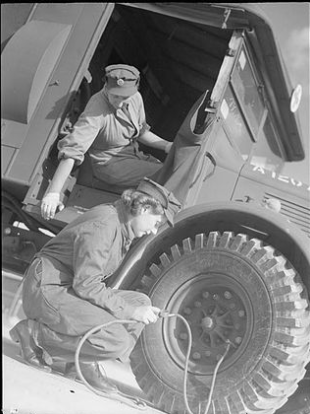
DRIVING TIPS ..
We are often giving you ideas of where to go on a road trip but we thought it was time we helped ensure your drives were safe and enjoyable. With a rental car you have the confident of knowing the maintenance of the car is being done regularly so some things you don’t have to worry about, but that would also depend on how long you are renting a car for – it might be that if you have a long term rental that you need to return it for a different car because it is due a service, or that you notice something is not right. Cars after all are mechanical and you will know from your own car, they can go wrong at any time, usually when it’s really inconvenient.
So, courtesy of an article from Conde Nast Travel below are some tips on how to prepare for your trip and driving tips on your trip.
1. Check your tyres

The better serviced and maintained your car is, from its engine to its wheels, the smoother it will tick – and that includes making sure your tyres are at the ideal air pressure as recommended by the manufacturer. Better traction means greater road and fuel efficiency.
2. Burn less petrol
How to use less fuel when driving? Most tricks to achieving more miles per gallon come down to common sense. In the past, emissions were boosted as soon as you turned the key in the ignition but thanks to a trend towards ‘hypermiling’ – the term for getting as far as you can on each gallon – it’s possible to go further on less petrol. Cruising smoothly is quite literally more sustainable. It’s logical that if you drive at a slow, steady pace in a higher gear, you’ll burn less fuel, so go easy on the accelerator and act light-footed on the brake. If you have a hybrid car, keep your eye on the needle and the gauge will show if you’re operating on charge or burning fuel from the tank. Nerd out fully and find a route that best matches the optimal speed of a cool 45–50mph. And instead of flicking on the energy-powered air-conditioning, wind down the window to cool down.
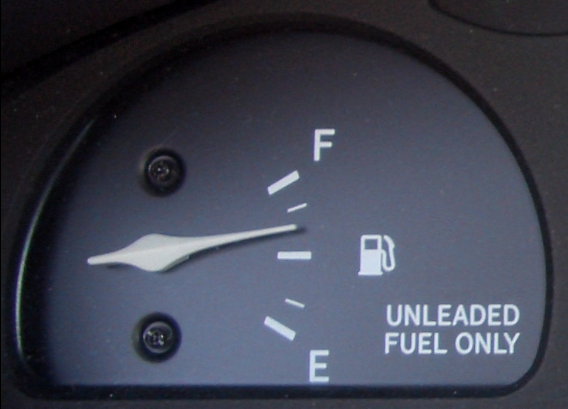
3. Brake less
Peak petrol-guzzling comes from stopping and starting. We’re not saying you need to restrict yourself to one long road and flat terrain, but if you do spy an incline ahead, gently speed up on the approach so you gain a decent amount of momentum. And be mindful that slamming on the brakes releases polluting toxic dust into the air too.
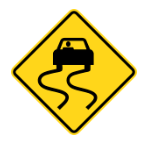
4. Be as sleek and light as can be
You know how cyclists shave their legs to be more aerodynamic? It’s the same with cars – anything that sticks out, such as roof racks etc create wind resistance which adds a drag to your vehicle, meaning you need to push that bit harder to gain the same speed as when there’s no added drag. Travelling lighter and not carting around heavy items in the boot when they’re not needed all contributes to chipping away at your carbon footprint. Another example is when you rent a motorhome, don’t fill your water before you leave, you are paying a lot of money in fuel to drag water around and same for grey water, always empty it before you leave a site – do not do this when driving along.
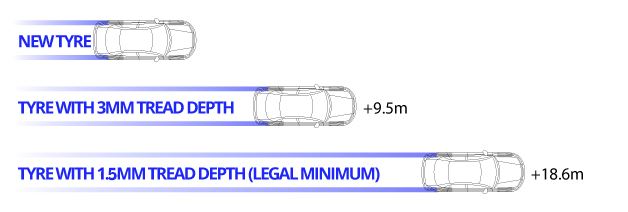
5. An all-electric vehicle
Who isn’t a sucker for the strong, silent type? Take Volvo’s first pure electric model, the XC40 Recharge Twin, as an example of a big comfortable carrier that does 259 miles on a single battery charge, which costs less than £20 to power to the max (finding a compatible charging station may be a little more challenging than you are used to, and you need to factor that into your plans). Plug-in EVs aren’t a silver bullet though – we still have to consider where the electricity to power the car comes from and how it’s stored. Measuring automotive sustainability isn’t just about exhaust pipe spewings but about pondering every link in the supply chain from build to end of life. Tesla is the best-known electric-car brand, but even the motor manufacturers of yore are demonstrating a determination to be greener. In the case of Volvo, blockchain technology is used for full traceability of all the raw materials that go into the XC40 batteries and there are plans to manufacture cars using steel forged without fossil fuels by 2026, a significant benchmark for the industry. It’s up to us consumers to keep doing our homework, asking more difficult questions and scrutinising every aspect of the choices we make.
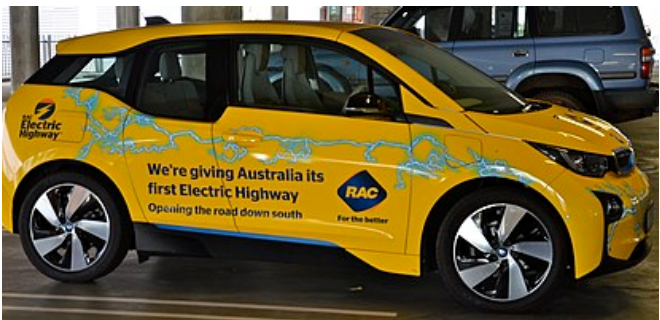
6. Make eco pit stops part of the journey
Plan sustainable stop-offs that support small and independent eco businesses rather than rely on supersized highway services. Or plot where to have a picnic in parkland and take in some art and culture along the way. There are often parks and sight seeing stops along the way, stop off, stretch your legs, go for a walk, have a drink and eat … refuelling yourself is as important as refuelling the car!
7. Prepare your trip in advance
When you can, plan your trip to take the stress out of it. Understand how long it will take, when and where to take breaks, check where you can refuel along the route, and toilet stops of course! And have some fun preparing your picnic, splash out and make it a bit of a treat, not the same stuff you take to work for lunch – spoil yourself, you’re worth it! 😊
As my dad always says “you might think you are a good driver, but you are only as good as the others on the road, most of which are distracted, eating/drinking, on the phone, screaming at kids, not concentrating, tired or quite simply not a very good driver” So that’s how good you are.

Drive Carefully and Stay Safe!
Source credit: cntraveller.com





